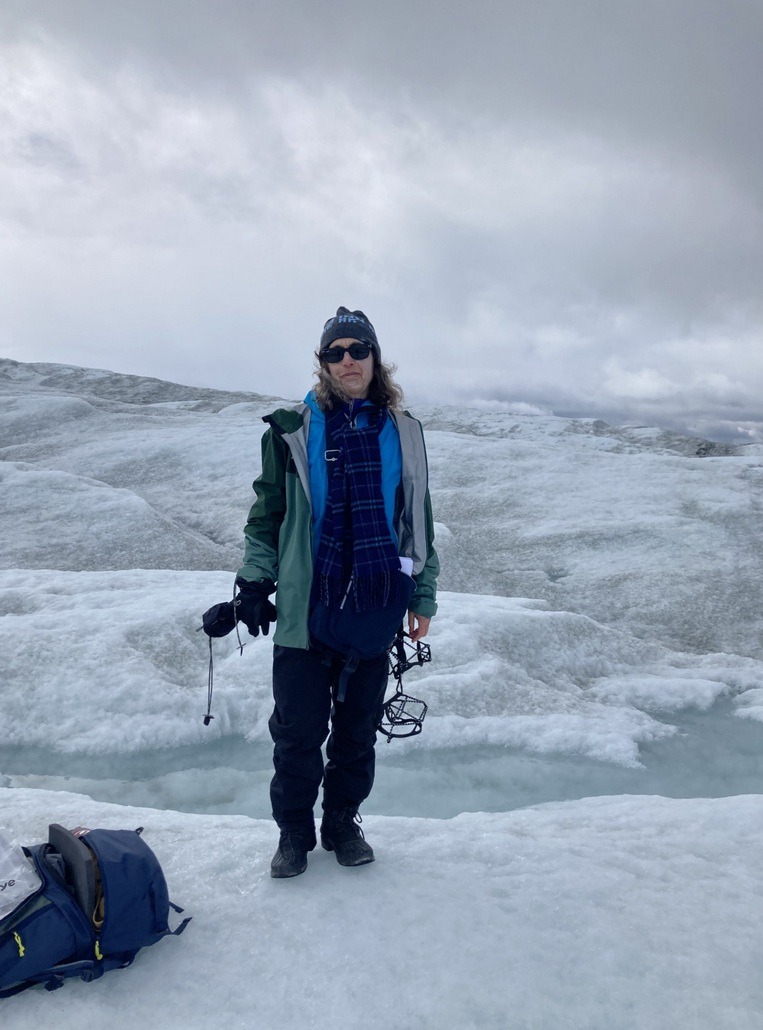As a staff writer for The New Yorker since 1999, Elizabeth Kolbert has spent decades informing the reading public about the science of our changing planet, the complicated part humans have played in climate change and the possible solutions for our future.
Kolbert has traveled the world in pursuit of these stories, written countless essays and articles, and published several celebrated books, including “The Sixth Extinction,” which won a Pulitzer Prize for general nonfiction. The Washington Post named her 2021 book, “Under a White Sky,” one of the 10 best books of the year. Kolbert has also won two National Magazine Awards, one National Academies award and the BBVA Biophilia Award for Environmental Communication.
On Monday, February 24 , Kolbert will come to the Columbia Climate School to give the Signature Speaker Series lecture, “Under a White Sky: Solar geoengineering and other bright ideas.” State of the Planet spoke with Kolbert about her upcoming talk, how she views her role as a science reporter and the shifts Kolbert has seen in public perception of climate science since she began her career.
How did you get started as a science writer and journalist?
It’s kind of a long and winding story. I started out as a news clerk at The New York Times. Then, for about a decade, I was a political reporter at the Times, covering state and local government. In 1999, I went to work at The New Yorker and started to think about stories that would have a longer shelf life than the latest political squabble. In 2001, I went to Greenland with the New York Air National Guard. That trip made a big impression on me and sort of set me on the path to becoming a science writer.
You traveled back to Greenland recently alongside climate scientist Marco Tedesco and wrote about the trip in a poignant essay for The New Yorker. What was that experience like and did it alter your understanding of the climate changes we’re seeing globally?
Traveling to Greenland is always an amazing experience. As Marco put it in the piece, it exerts a kind of spell. It’s one thing to read about the changes that are taking place in the Arctic, and quite another to see them for yourself and talk to the people who are living through them. Marco and I visited Russell Glacier, which is one of the more accessible glaciers in Greenland. It was pretty clear, even to a non-expert like me, how much it has retreated in recent years; you can see that where there was once ice, there is now just silt.
In “Under a White Sky,” you discuss humanity’s struggle to fix the very environmental crises they helped create. What were some of the book’s key messages, and what should attendees expect to learn at your upcoming Climate School talk on the complex opportunities and obstacles geoengineering presents?
“Under a White Sky” is not exactly a message book. I would say it is more a ‘what’s the message?’ book. It looks at human interventions in nature, which often result in problems that demand new interventions. One example that I write about is the reversal of the Chicago River, which was intended to solve the city’s sewage problems. The reversal has had all sorts of unintended effects; for instance, it has allowed the exchange of species between the Mississippi and the Great Lakes watersheds. These unintended consequences have led to a new generation of monumental projects, intended to counteract the effects of the first.
This pattern raises a lot of questions and, on the face of it, seems hard to sustain. How many interventions can we layer on top of one other? At the same time, it’s not clear that there are practical alternatives at this point.
Geoengineering is the ultimate example of intervening in the natural world to counteract a previous intervention. It illustrates the pattern that I just alluded to, and I think it shows where things are headed, for better or worse.

“Geoengineering is the ultimate example of intervening in the natural world to counteract a previous intervention…. I think it shows where things are headed, for better or worse.”
You won a Pulitzer for your book “The Sixth Extinction,” which is about the current human-caused mass extinction event—do you think awards like this elevate critical climate research and help counter climate misinformation?
I think prizes like the Pulitzer get people to read things they otherwise might not. So in that sense, yes, they counter misinformation. But the effect, as we are seeing, is limited.
Where do you think the media falls short on climate science? What have been some of the biggest shifts in public perception of science writing and journalism since you began your career?
I would say the media’s coverage of climate science is comparable to its coverage of vaccine science. If readers/viewers want good information, there’s plenty out there. But, unfortunately, there’s also plenty of misinformation available, and, to a lot of people, that misinformation seems to hold more appeal.
Definitely attitudes toward science—and just about everything else—have become a lot more polarized. I regret to say that I am at a loss for how to combat that. All I can do, I feel, is try to keep getting the information out there.
Elizabeth Kolbert will deliver the next Signature Speaker Series lecture at the Forum at the Columbia Climate School this Monday, February 24, from 4-6pm. The event is free and open to the public.
Source link
Olga Rukovets news.climate.columbia.edu

